Standards and regulations
The legislative act regulating the colors of construction helmets is GOST 12.4.087-84, which has been in force since 1985. According to this standard, the helmet must have one of four colors:
- White;
- Red;
- Orange;
- Yellow.
However, later GOST R 12.4.207-99 was introduced, which regulates the requirements for protective helmets. At the same time, the new GOST does not replace the previous one, but coexists with it.
It is interesting here that the new GOST does not contain requirements for the color of helmets. Therefore, in many companies, the color of the helmets is different.
Yellow
According to GOST, yellow helmets were intended for ordinary workers and service personnel. In most companies, this classification is still observed. For this reason, yellow helmets are the most numerous at construction sites.
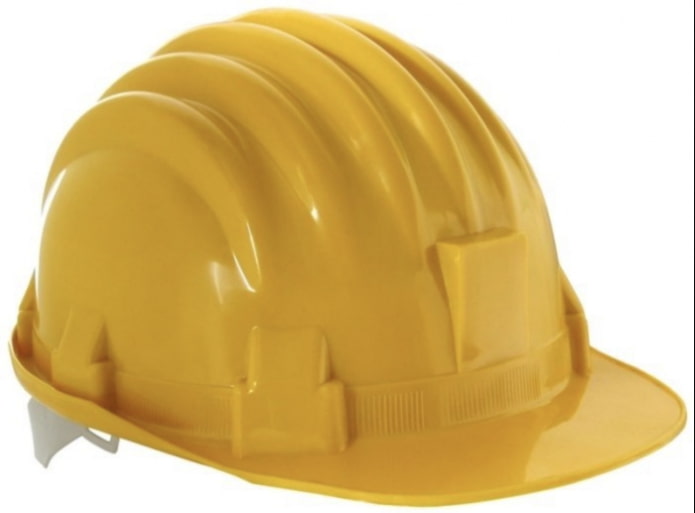
Orange
The same GOST combined yellow and orange helmets into one category and assigned them to ordinary workers. Now helmets of this color are often issued to qualified employees, for example, electricians. This distribution is due to the need to distinguish specialists from general workers.
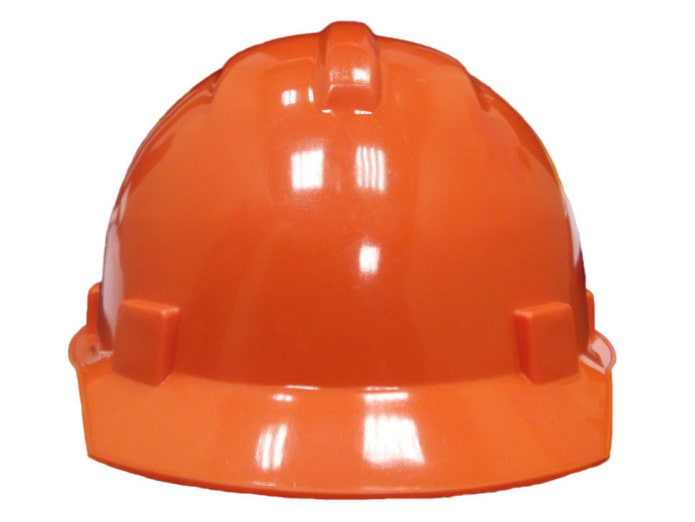
White
GOST 12.4.087-84 states that white helmets are intended for managers, shop managers, security guards and safety service employees. For the most part, this distribution is still relevant.
However, with the increase in the number of positions, white helmets began to be issued, as a rule, to all administrative employees, as well as to visitors to the site.
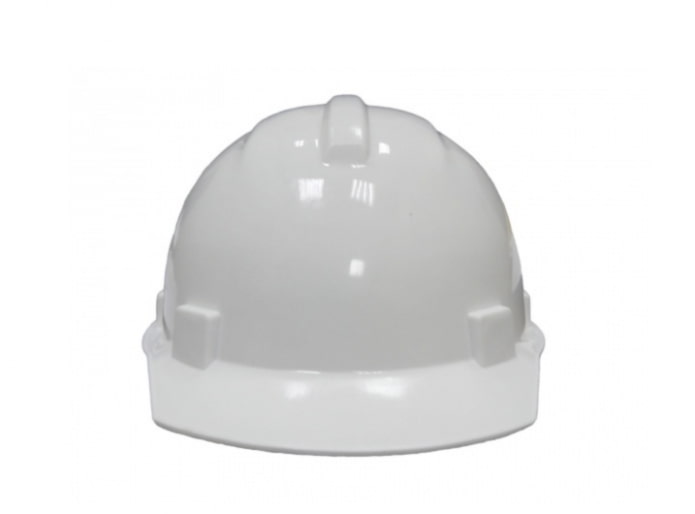
Black
The black color has never appeared in regulatory documents related to construction helmets. It is believed that helmets of this color are the prerogative of architects, so their appearance at a construction site is a rare occurrence.
Also, in some organizations, black is used for senior managers. In addition, there are companies that issue black helmets to fitters because of the analogy with ferrous metallurgy.

Red
According to GOST 12.4.087-84, helmets of this color must be issued to chief power engineers, chief mechanics, foremen, masters and engineering and technical workers. In modern practice, red is often reserved for new workers. The fact is that an inexperienced employee can pose an increased danger both to himself and to others. Therefore, the presence and actions of such a specialist should attract increased attention from others.
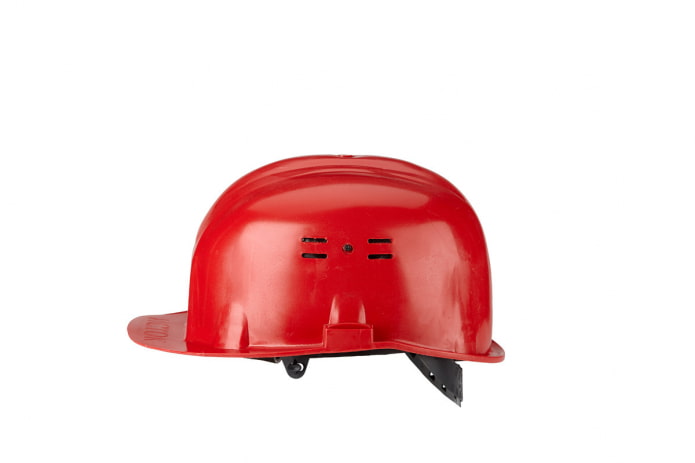
Blue
The color blue, like black, is not mentioned in the legislation that concerns construction helmets. For this reason, helmets of this color in different organizations can have completely different meanings.
For example, in some companies blue helmets are intended for plumbers and waterworkers due to the analogy with water. In other enterprises, blue helmets may be issued to high-altitude workers, such as crane operators or industrial climbers. In this case, it’s again a matter of analogy, but this time with the blue sky.

Green
Green is also an innovation. In companies that use helmets of this color, they are usually intended for security guards. However, there are companies where the green color is assigned to labor protection specialists.
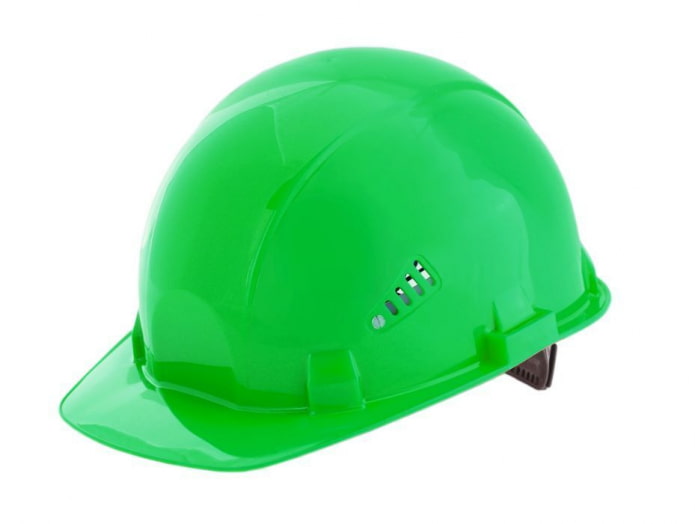
It should be understood that at present the distribution of helmet colors is quite arbitrary and may differ in different companies. Despite this, the construction industry is traditionally conservative, so it is largely guided by the standards of the past. For example, white and yellow helmets have largely retained their purpose.
Now reading:
- Canopy Beds: 50 Inspiring Photos for Bedrooms and Kids Rooms.
- Brown Wall Wallpaper: 99 Unique Ideas for Living Room, Kitchen and Bedroom
- Revamped BMW X6: The Ultimate Luxury SUV Experience
- Blue kitchen: more than 70 photos of interiors and stylish solutions
- Black Kitchens: 60 Interior Photos and Design Guide